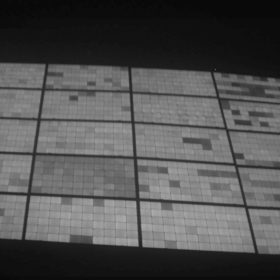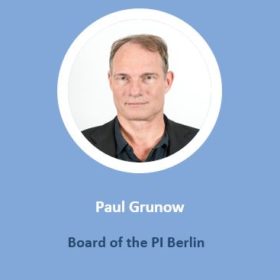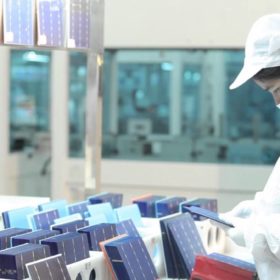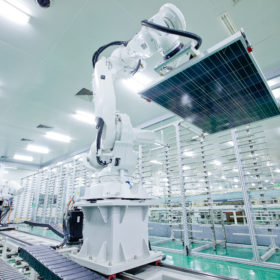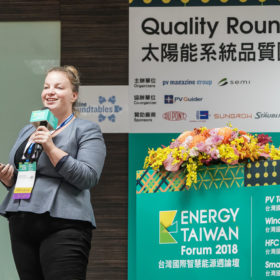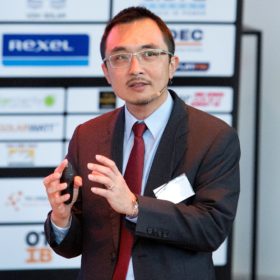Preventing LID in a 23.83% efficient Longi PERC cell
Australian researchers have unveiled hydrogenation technology to reduce light and elevated temperature-induced degradation in Czochralski silicon PERC solar cells. The developers say the process can minimize degradation without sacrificing performance in cells and modules.
The weekend read: Is PERC still bankable?
Light-induced initial degradation in PERC modules is currently a subject of intense discussion, but tests at PI Berlin have shown that the problem is solvable. Founder and CEO Paul Grunow explains the effects, the approach, and the results.
UK scientists observe LID in action
A team of researchers from Manchester University claims to have identified the dominant process causing light-induced degradation in silicon solar cells. The process, termed “trap-assisted auger recombination”, arises from a defect in the bulk of the silicon material which lies dormant until exposed to sunlight.
Webinar Q & A: How can investors mitigate the risk of LID and LeTID?
What is your recommendation for investors when buying PERC modules? Can LeTID loss be completely recovered in the field? Can one be sure that there is no LID and LeTID in n-type cells? Presenters, Andrea Viaro, head of technical service Europe, JinkoSolar, Stefan Roest , CTO, Eternal Sun & Spire Solar and Paul Grunow, technology consultant, board of the PI Photovoltaic Institute Berlin AG answer these and other questions from a recent pv magazine webinar.
LID and LeTID: Q&A with JinkoSolar
Our next pv magazine webinar is approaching and has already attracted interest. Is it possible to control LID and LeTID and, if so, how? Here, Andrea Viaro from webinar partner Jinko Solar gives an insight into the manufacturer’s experience.
Taking the heat: Jinko cells put through their paces under new LeTID test
Chinese solar giant JinkoSolar says it has put its products through a new set of standards testing for light-elevated temperature induced degradation, with the new examination regime set to be adopted as an industry standard.
Video: Quality Roundtable Energy Taiwan 2018
LID mitigation in mono-PERC cells is technically feasible, according to Jay Lin and Karin Krauß, who spoke during pv magazine’s Quality Roundtable in Taiwan. The country’s rapidly growing floating PV market was also addressed.
Challenges and solutions for anti-LID treatment
In PERC modules, both light and elevated temperature induced degradation (LeTID) and light induced degradation (LID) must be mitigated. What makes this tricky, however, is that the mitigation process of the first, counteracts that of the second, says Karin Krauß, R&D project manager, Rehm Thermal Systems. At the pv magazine Roundtable in Taipei next week, she will discuss possible solutions with cell and module manufacturers, and EPCs.
Why can’t LID effects be completely removed in PERC cells?
Jay Lin, CEO of PVGuider discusses why the effects of light induced degradation (LID) in PERC cells cannot be completely eliminated. To explain the difficulty, we first need to understand the LID behavior of the cells, he says.


